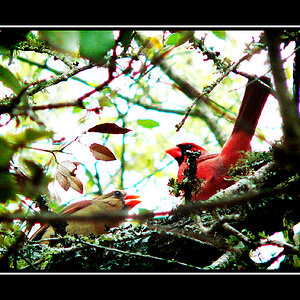- Joined
- May 1, 2008
- Messages
- 25,418
- Reaction score
- 4,999
- Location
- UK - England
- Website
- www.deviantart.com
- Can others edit my Photos
- Photos OK to edit
No, I edited that to clarify so that you would not make this misinterpretation.
you edited to remove all choice that the photographer has. If you remove all the choices present how can anyone be creative in any field? Remove enough choices and artists works would not differ either.


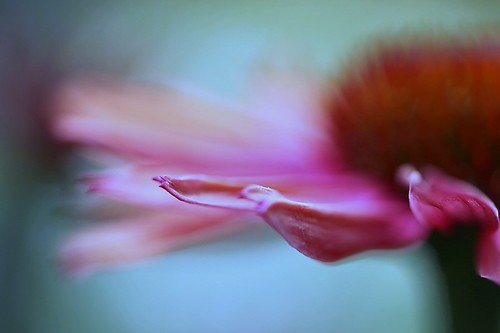
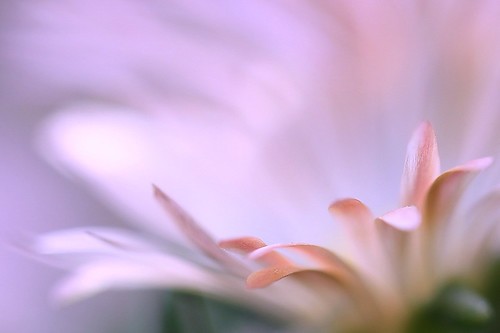

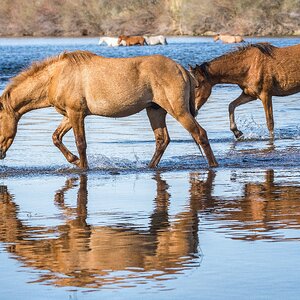
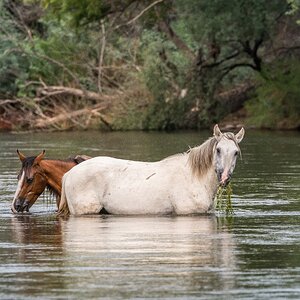
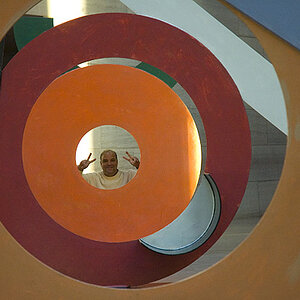

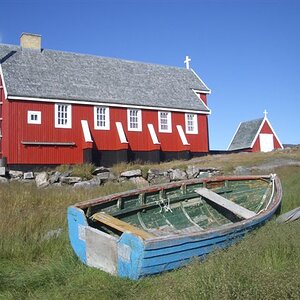
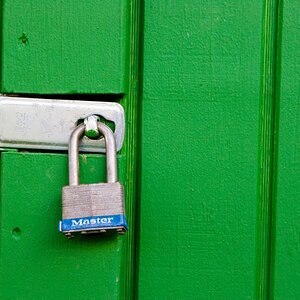


![[No title]](/data/xfmg/thumbnail/32/32697-bccb29f21520b31443b92c054e608ca0.jpg?1619735600)
